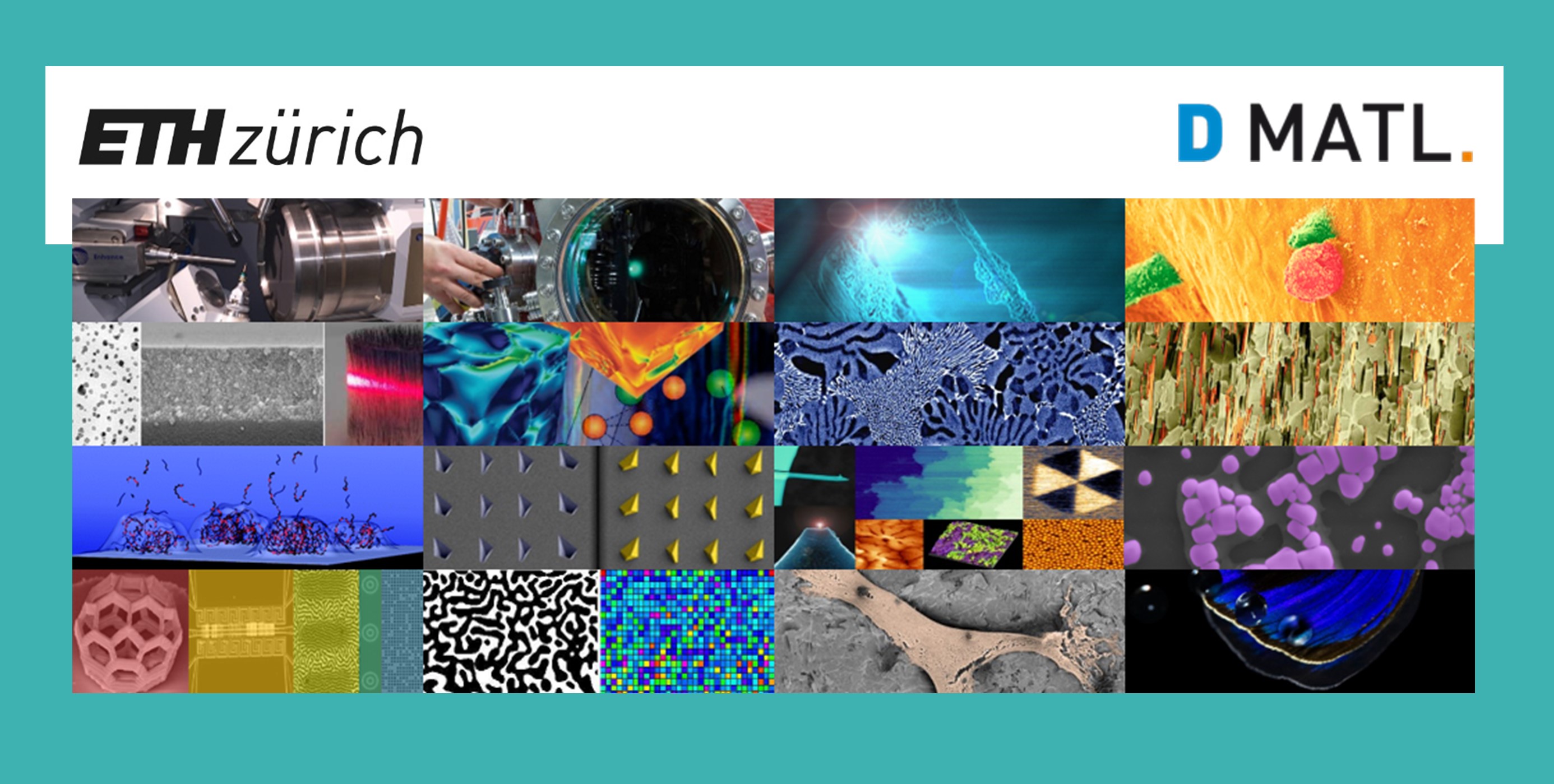Dr. Alla Sologubenko
Metallurgy, engineering, material science critically rely on the knowledge of the microstructure – property interrelationships in a material. Assessment of the required microstructural state of the material is the starting point of the complex process of material design and is the backbone of any nanotechnological development. Structural and functional materials being developed by research groups of our Department are designed to exhibit novel and improved physical, chemical and biological properties on micro- and nano-scales. They must fulfill narrow performance criteria and therefore have to possess a well-tuned and stable microstructural state in a broad range of external conditions. Since the understanding of the underlying principles governing the microstructure stability and evolution is the key to the microstructure control, the complex and reliable microstructure analyses of the materials are very important at all stages of the design.
Electron microscopy, especially transmission electron microscopy, presents the most powerful tool for the complex microstructure studies. It is the only technique that enables the direct correlation of the structure information obtained by electron diffraction analyses, the whole range of coherent and incoherent imaging modes using parallel (TEM) and conical (STEM) illuminations and the atomic resolution analytical studies employing energy-dispersive X-ray and electron energy loss spectroscopies at the same area of the specimen and down to sub-Angstrom resolution employing state-of-the-art aberration correctors. Moreover, in-situ TEM techniques allow direct studying the effects of a specific environment on the material stability and performance.
Scientific Center for Optical and Electron Microscopy maintains a number of TEMs and SEMs, including cryo-, high-resolution analytical and state-of-the-art aberration corrected instruments for a wide user base. ScopeM as a highly qualified technical and scientific collective supports interdisciplinary research, encourages scientific collaborations, administers training programs providing a user hands-on experience supported by solid physical understanding of a TEM as a tool.
